



暂时未有相关云产品技术能力~
Sidere mens eadem mutato
2021年12月
 发表了文章
2021-12-17 23:50:32
发表了文章
2021-12-17 23:50:32

 发表了文章
2021-12-17 23:27:01
发表了文章
2021-12-17 23:27:01
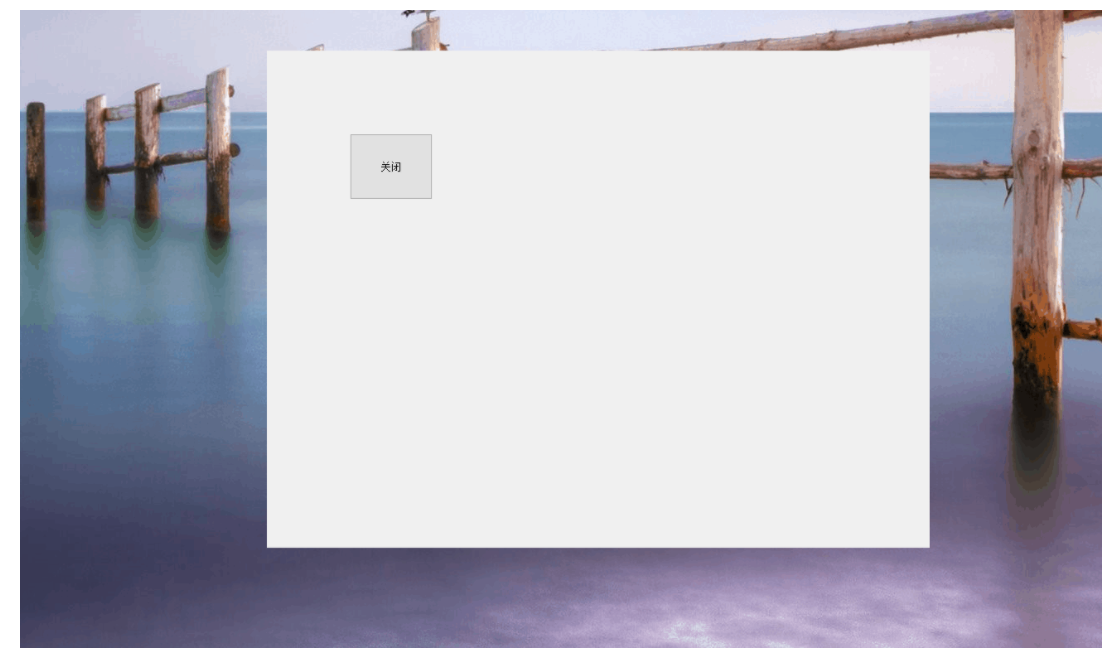
 发表了文章
2021-12-16 17:10:20
发表了文章
2021-12-16 17:10:20
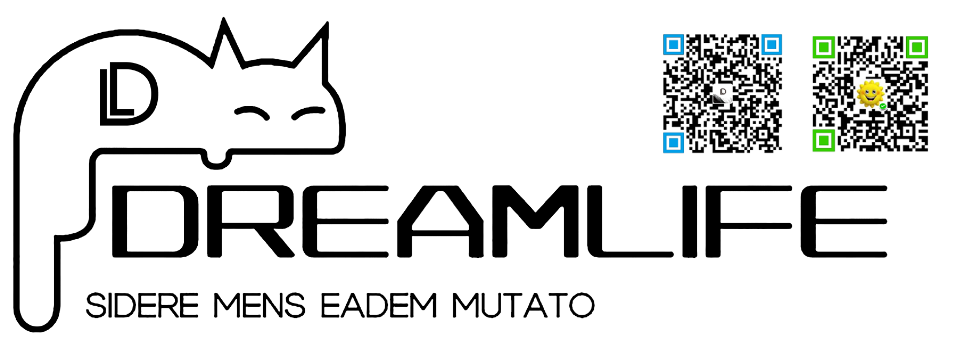
 发表了文章
2021-12-16 17:08:25
发表了文章
2021-12-16 17:08:25
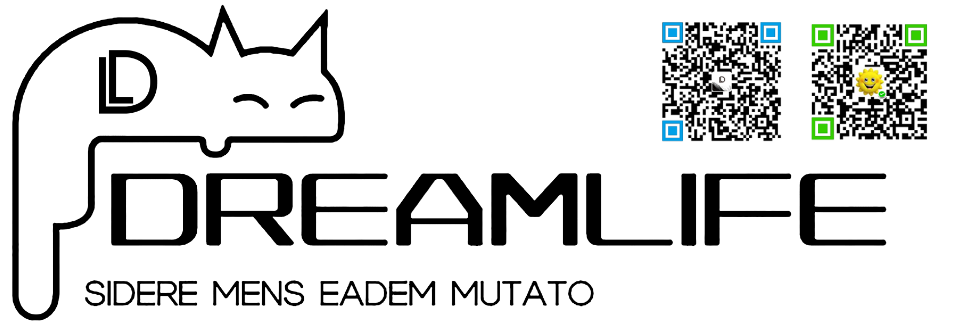
 发表了文章
2021-12-16 16:45:58
发表了文章
2021-12-16 16:45:58
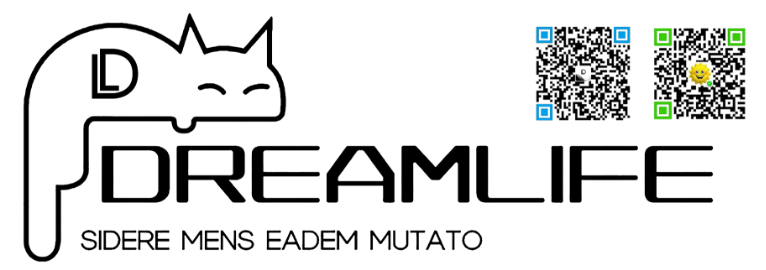
 发表了文章
2021-12-16 15:40:36
发表了文章
2021-12-16 15:40:36
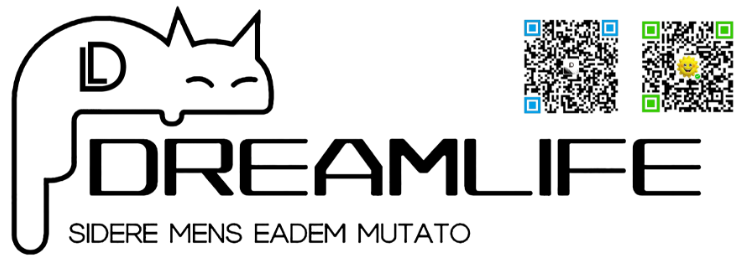
 发表了文章
2021-12-16 15:38:09
发表了文章
2021-12-16 15:38:09
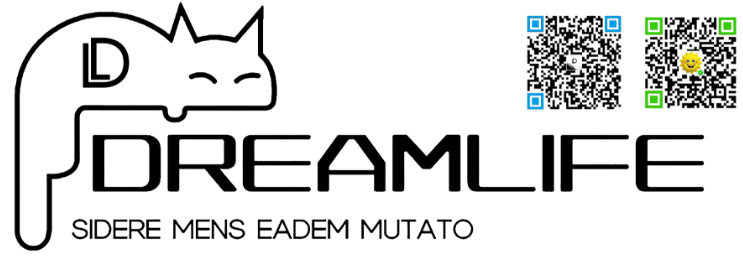
 发表了文章
2021-12-16 15:36:13
发表了文章
2021-12-16 15:36:13
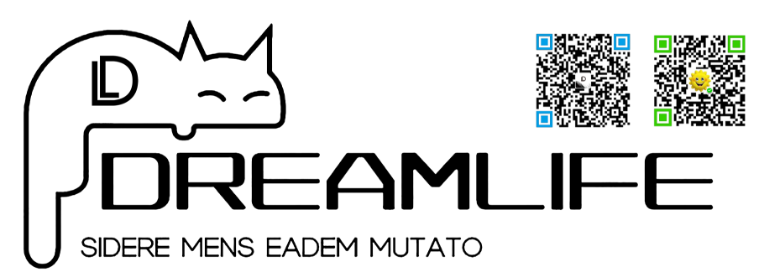
 发表了文章
2021-12-16 15:34:55
发表了文章
2021-12-16 15:34:55
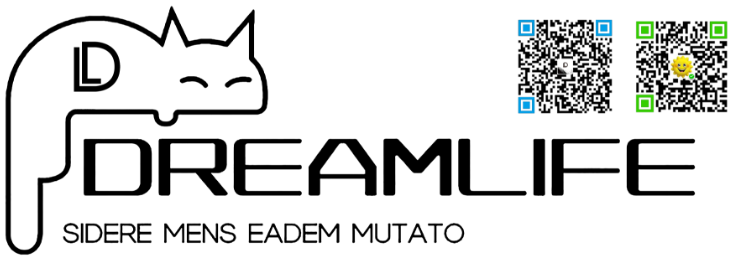
 发表了文章
2021-12-16 15:31:46
发表了文章
2021-12-16 15:31:46
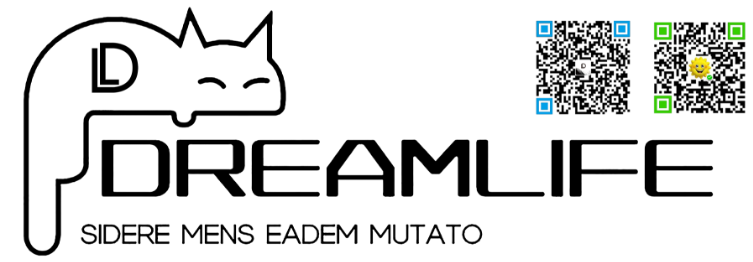
 发表了文章
2021-12-16 15:29:11
发表了文章
2021-12-16 15:29:11
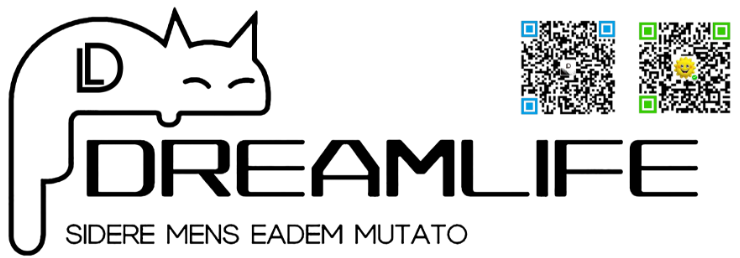
 发表了文章
2021-12-16 15:27:16
发表了文章
2021-12-16 15:27:16
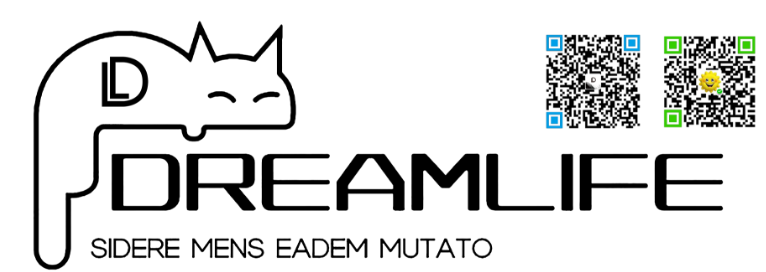
 发表了文章
2021-12-16 15:25:05
发表了文章
2021-12-16 15:25:05
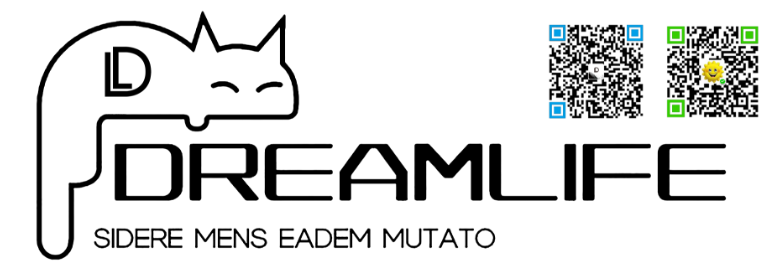
 发表了文章
2021-12-16 15:22:16
发表了文章
2021-12-16 15:22:16

 发表了文章
2021-12-16 15:16:08
发表了文章
2021-12-16 15:16:08
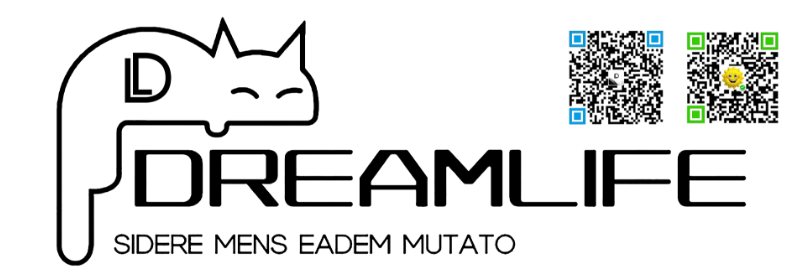
 发表了文章
2021-12-16 15:14:24
发表了文章
2021-12-16 15:14:24
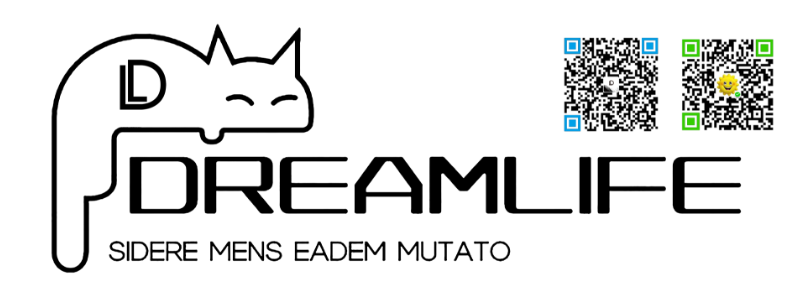
 发表了文章
2021-12-16 15:12:02
发表了文章
2021-12-16 15:12:02

 发表了文章
2021-12-16 15:10:19
发表了文章
2021-12-16 15:10:19

 发表了文章
2021-12-16 15:06:50
发表了文章
2021-12-16 15:06:50

 发表了文章
2021-12-16 15:05:29
发表了文章
2021-12-16 15:05:29

 发表了文章
2021-12-16 15:03:40
发表了文章
2021-12-16 15:03:40

 发表了文章
2021-12-16 15:01:26
发表了文章
2021-12-16 15:01:26

 发表了文章
2021-12-16 14:57:37
发表了文章
2021-12-16 14:57:37

 发表了文章
2021-12-16 14:55:22
发表了文章
2021-12-16 14:55:22

 发表了文章
2021-12-16 14:52:20
发表了文章
2021-12-16 14:52:20

 发表了文章
2021-12-16 14:49:51
发表了文章
2021-12-16 14:49:51

 发表了文章
2021-12-16 14:46:31
发表了文章
2021-12-16 14:46:31

 发表了文章
2021-12-16 14:41:59
发表了文章
2021-12-16 14:41:59

 发表了文章
2021-12-16 14:37:19
发表了文章
2021-12-16 14:37:19

 发表了文章
2021-12-16 14:33:54
发表了文章
2021-12-16 14:33:54

 发表了文章
2021-12-16 14:31:58
发表了文章
2021-12-16 14:31:58

 发表了文章
2021-12-16 14:30:23
发表了文章
2021-12-16 14:30:23

 发表了文章
2021-12-16 14:28:34
发表了文章
2021-12-16 14:28:34

 发表了文章
2021-12-16 14:26:31
发表了文章
2021-12-16 14:26:31

 发表了文章
2021-12-16 14:24:31
发表了文章
2021-12-16 14:24:31

 发表了文章
2021-12-16 14:22:31
发表了文章
2021-12-16 14:22:31

 发表了文章
2021-12-16 14:20:27
发表了文章
2021-12-16 14:20:27

 发表了文章
2021-12-16 14:18:31
发表了文章
2021-12-16 14:18:31

 发表了文章
2021-12-16 14:16:20
发表了文章
2021-12-16 14:16:20

 发表了文章
2021-12-16 14:12:54
发表了文章
2021-12-16 14:12:54

 发表了文章
2021-12-16 14:10:23
发表了文章
2021-12-16 14:10:23

 发表了文章
2021-12-17
发表了文章
2021-12-17
 发表了文章
2021-12-17
发表了文章
2021-12-17
 发表了文章
2021-12-16
发表了文章
2021-12-16
 发表了文章
2021-12-16
发表了文章
2021-12-16
 发表了文章
2021-12-16
发表了文章
2021-12-16
 发表了文章
2021-12-16
发表了文章
2021-12-16
 发表了文章
2021-12-16
发表了文章
2021-12-16
 发表了文章
2021-12-16
发表了文章
2021-12-16
 发表了文章
2021-12-16
发表了文章
2021-12-16
 发表了文章
2021-12-16
发表了文章
2021-12-16
 发表了文章
2021-12-16
发表了文章
2021-12-16
 发表了文章
2021-12-16
发表了文章
2021-12-16
 发表了文章
2021-12-16
发表了文章
2021-12-16
 发表了文章
2021-12-16
发表了文章
2021-12-16
 发表了文章
2021-12-16
发表了文章
2021-12-16
 发表了文章
2021-12-16
发表了文章
2021-12-16
 发表了文章
2021-12-16
发表了文章
2021-12-16
 发表了文章
2021-12-16
发表了文章
2021-12-16
 发表了文章
2021-12-16
发表了文章
2021-12-16
 发表了文章
2021-12-16
发表了文章
2021-12-16
